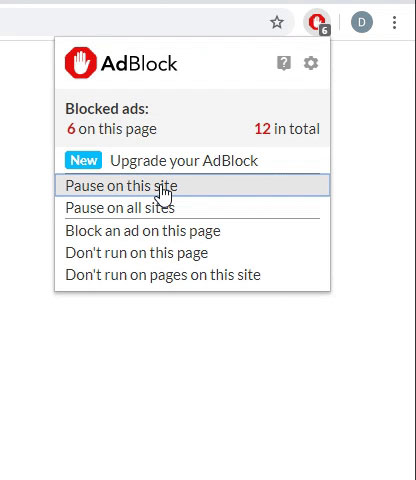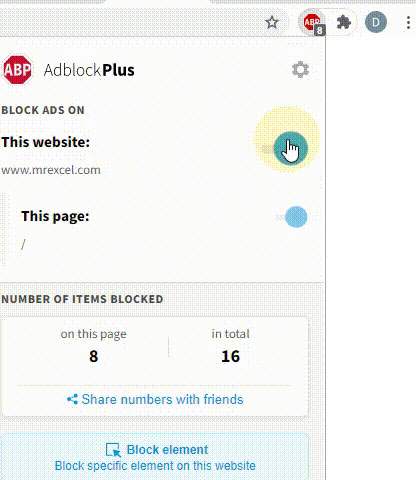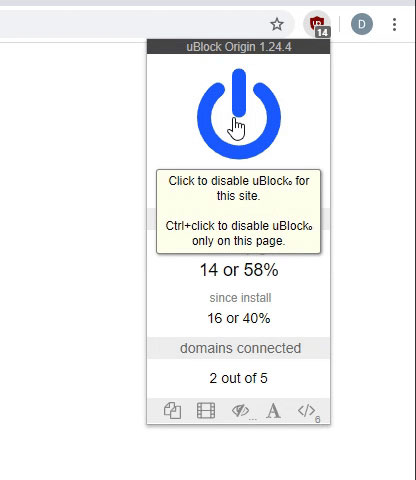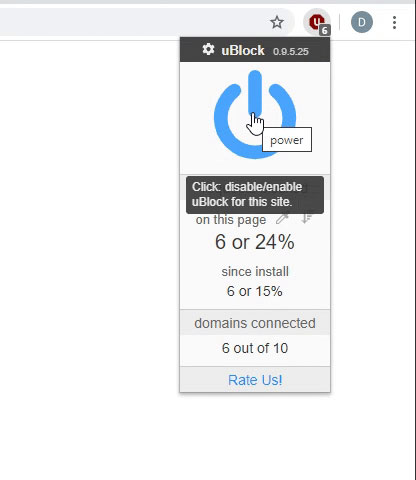Hello,
I am trying to scan some streaming data and compare the results for anomalies.
The data in the pairs of files corresponds by file number and the two file sets are in separate folders.
I currently copy the data from the two CSV files and paste into Excel with the text import wizard. Then run two VBA macros to highlight any anomalies in columns 2 to 4 and 13 to 15 with yellow cell fill. I then use find in excel to locate cells with the yellow fill.
This is not sustainable as I am producing a pair of files every 2 hours 24/7.
An additional prolem is that some of the files have no anomalies in them so are currently of no interest and creating an excel file to look at them is going to be a waste of data storage space.
Any highlighed cells are potentially interesting but the result I am most interested in is if there are anomalies in any two columns that are in the same row. But near rows also, in case the synchronisation of the files becomes slightly off.
Any suggestions how to streamline this process would be very much appreciated. A first step might be to fix the VBA code so that it doesnt highlight the longer rows and fail at the last row
Code to highlight anomalies in the data that are 0.004 greater or less than the cells either side.
This is an example of the data but each block between may be 6000 rows.
I am trying to scan some streaming data and compare the results for anomalies.
The data in the pairs of files corresponds by file number and the two file sets are in separate folders.
I currently copy the data from the two CSV files and paste into Excel with the text import wizard. Then run two VBA macros to highlight any anomalies in columns 2 to 4 and 13 to 15 with yellow cell fill. I then use find in excel to locate cells with the yellow fill.
This is not sustainable as I am producing a pair of files every 2 hours 24/7.
An additional prolem is that some of the files have no anomalies in them so are currently of no interest and creating an excel file to look at them is going to be a waste of data storage space.
Any highlighed cells are potentially interesting but the result I am most interested in is if there are anomalies in any two columns that are in the same row. But near rows also, in case the synchronisation of the files becomes slightly off.
Any suggestions how to streamline this process would be very much appreciated. A first step might be to fix the VBA code so that it doesnt highlight the longer rows and fail at the last row
Code to highlight anomalies in the data that are 0.004 greater or less than the cells either side.
VBA Code:
Sub TestyellowColumn1314() ' searches for cells that are higher or lower than their column neighbours and
'colours them yellow (works ok except for last row)Change "j" for relevant columns
Dim i As Long, j As Long
Dim lastRow As Long
Dim InArr As Variant
Dim DeltaLeft As Double
Dim DeltaRight As Double
Const Tolerance = 0.004
lastRow = Cells(Rows.Count, "A").End(xlUp).Row
InArr = Range(Cells(1, 1), Cells(lastRow, 80))
For i = 4 To lastRow
For j = 2 To 4
'For j = 13 To 15
DeltaLeft = Abs(InArr(i, j) - InArr(i - 1, j))
If Not IsEmpty(InArr(i - 1, j)) Then
DeltaRight = Abs(InArr(i, j) - InArr(i + 1, j))
Else
DeltaRight = 0
End If
If DeltaRight >= Tolerance And DeltaLeft >= Tolerance Then
With Range(Cells(i, j), Cells(i, j)).Interior
.Pattern = xlSolid
.PatternColorIndex = xlAutomatic
.Color = RGB(255, 255, 0) 'yellow
.TintAndShade = 0
.PatternTintAndShade = 0
End With
End If
Next j
Next i
End SubThis is an example of the data but each block between may be 6000 rows.
| 0 | 1 | 1 | 0 | 0 | 1 | 6.1 | |||||||||
| 0.521421 | 71.09699 | 72.60757 | 73.46169 | 112.5564 | 69.55162 | 69.55177 | 69.55188 | 112.4397 | |||||||
| 0.51895 | 71.09705 | 72.60716 | 73.46151 | 112.6565 | 69.55185 | 69.55166 | 69.55194 | 112.5405 | |||||||
| 0.51895 | 71.09697 | 72.60658 | 73.46164 | 112.7564 | 69.55196 | 69.55166 | 69.55171 | 112.6407 | |||||||
| 0.511536 | 71.09677 | 72.60672 | 73.46151 | 112.856 | 69.55182 | 69.55187 | 69.55154 | 112.7422 | |||||||
| 0.516479 | 71.09665 | 72.60689 | 73.46166 | 112.9562 | 69.55155 | 69.55201 | 69.55164 | 112.8422 | |||||||
| 45715.95 | 45715.95 | 45715.95 | 45715.95 | 0.00008 | 45715.95 | 45715.95 | 45715.95 | 45715.95 | 0 | 601.2442 | 45715.95 | 45715.95 | 601.1686 | ||
| 0.51895 | 71.09666 | 72.60669 | 73.46155 | 113.0578 | 69.55156 | 69.55175 | 69.55193 | 112.9431 | |||||||
| 0.514008 | 71.09664 | 72.60642 | 73.46169 | 113.1575 | 69.5518 | 69.55158 | 69.55158 | 113.0424 | |||||||
| 0.521421 | 71.09701 | 72.60632 | 73.46166 | 113.2586 | 69.55749 | 69.55065 | 69.55287 | 113.1432 | |||||||
| 0.523892 | 71.09698 | 72.60649 | 73.46162 | 113.3598 | 69.55304 | 69.55296 | 69.55114 | 113.2435 | |||||||
| 0.516479 | 71.09699 | 72.60664 | 73.46152 | 113.4592 | 69.55138 | 69.55279 | 69.55188 | 113.3435 | |||||||
| 45715.95 | 45715.95 | 45715.95 | 45715.95 | 0.00011 | 45715.96 | 45715.96 | 45715.96 | 45715.96 | 0 | 601.2648 | 45715.95 | 45715.96 | 602.2369 | ||





